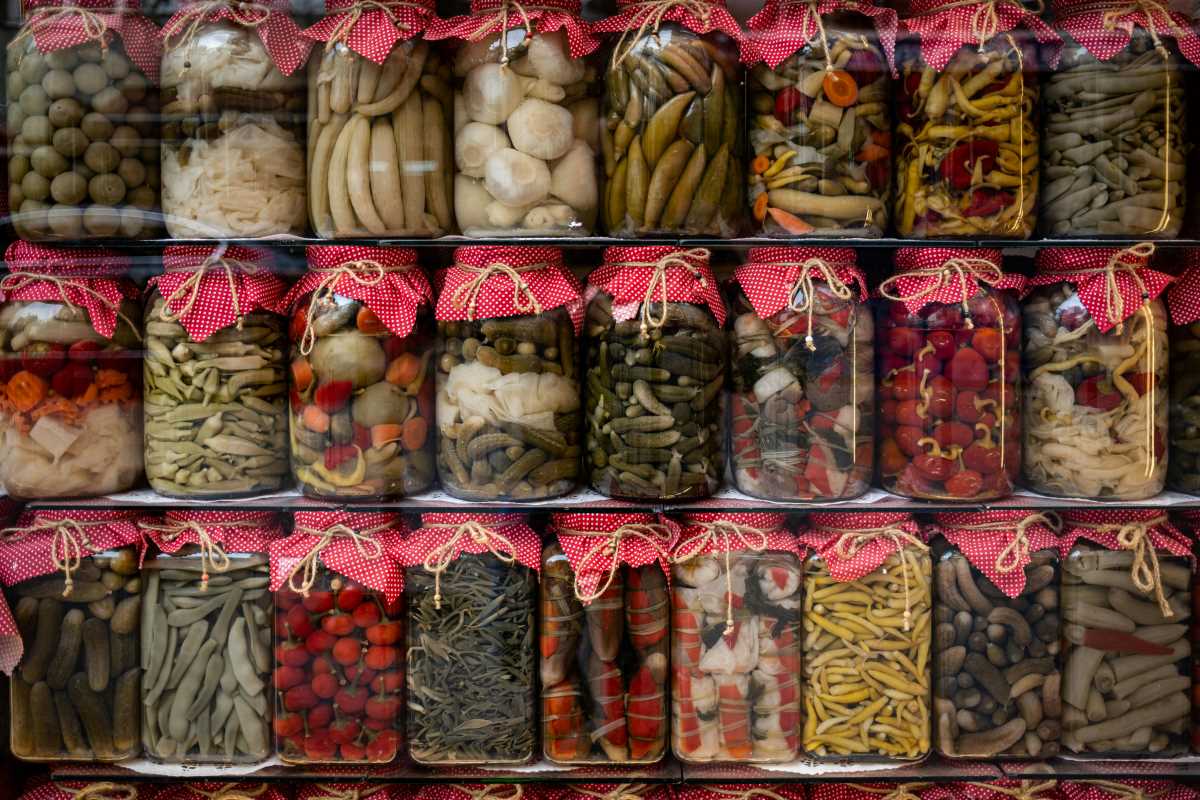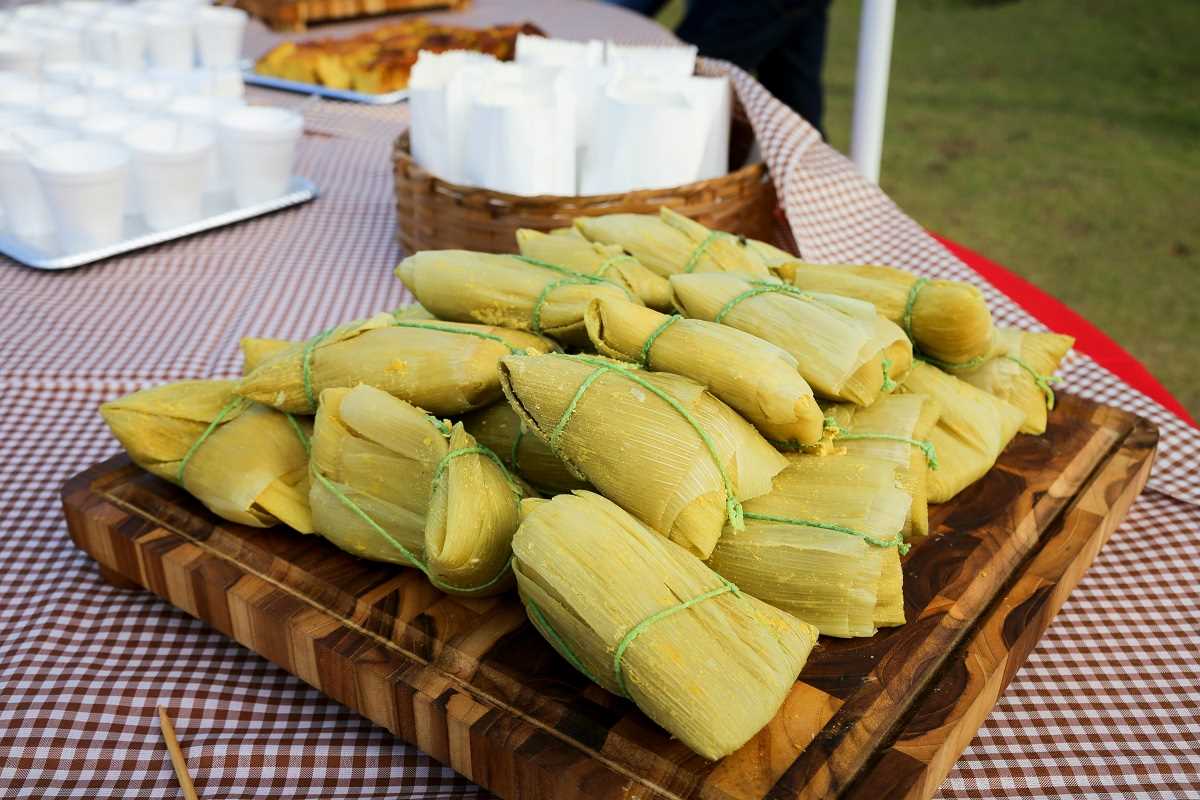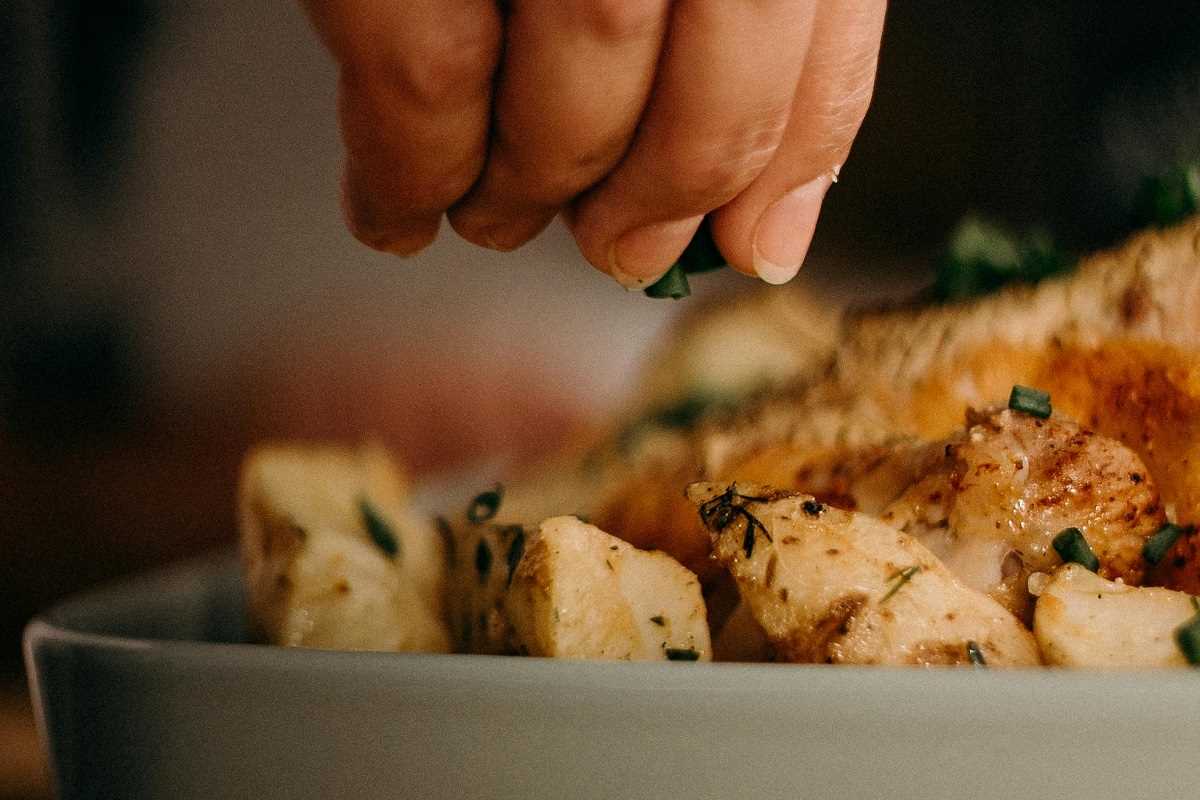Sunlight filters through the trees as a gentle breeze stirs up the scent of fermenting fruit along a quiet country road. Wooden beams from an ancient barn peek out from behind tall grasses, hinting at the stories hidden within. Villagers gather their freshly picked harvests, turning them into jars brimming with colorful pickles, garlands of dried chilies, and rich, sun-cured meats. Each process relies on practiced hands and knowledge passed from one generation to the next. These traditions invite you to experience a deeper connection to the land and to food, celebrating the simple pleasures found in rural life.
As you step inside a cozy kitchen lit by lantern light, clay crocks brim with bubbling kraut. You sense how time shapes flavor, how the simplest tools yield complex results, and how every preserved bite tells a local story. Follow along to discover these time-honored practices and bring home fresh inspiration for your next culinary adventure.
Voices from Village Larders
Wall racks groan under glass jars filled with crimson pickles and golden oils, signaling a silent celebration of seasonal bounty. Every vessel represents a patient dialogue between raw harvest and ambient climate, a delicate balance tuned by years of trial and observation.
Sun-warmed beams outside channel just enough heat to coax out moisture, while cool nights slow microbial growth—nature’s refrigeration at its finest. As you explore these dappled storage rooms, you realize that this form of food preservation connects sustenance and stewardship, weaving local wisdom into every bite.
Practical Steps for Preserving Flavors
- Salted Fermentation Method
- Purpose: Transform vegetables into tangy ferments while preserving nutrients
- Steps:
- Wash and coarse-chop cabbage or carrots
- Sprinkle with non-iodized salt and massage until juices release
- Pack into sanitized ceramic crock, pressing firmly to submerge in brine
- Cover with a weight and seal with cloth to let gases escape
- Store at 60–70°F for 2–4 weeks, tasting periodically
- Cost/Metric: Salt costs under $5 per pound
- Insider tip: Reserve the first brine to kickstart future batches with stable cultures
- Sun-Drying Bulk Harvests
- Purpose: Remove moisture, concentrate sugars, and prevent spoilage
- Steps:
- Slice tomatoes, mushrooms, or herbs into uniform thickness
- Arrange on mesh trays, shielded with fine netting
- Rotate trays every two hours for airflow
- After 3–5 sunny days, transfer semi-dried items indoors to finish in a ventilated attic
- Cost/Metric: Mesh trays ~$20 each, reusable for years
- Insider tip: Place baking soda sheets beneath trays to absorb humidity and speed drying
- Hot-Oil Infusion Technique
- Purpose: Preserve herbs or chilies in oil for aroma and extended shelf life
- Steps:
- Wash and fully dry herbs or chili peppers
- Warm olive oil to 140°F (release aroma, avoid frying)
- Submerge plant material completely, removing air pockets
- Pour into sterilized glass jars and seal
- Store in a dark cupboard for up to three months
- Cost/Metric: Quality oil ~$15 per liter
- Insider tip: Add a rosemary sprig for stability and layered flavor
- Cold-Smoking Meat and Fish
- Purpose: Impart smoky flavor and reduce moisture gradually
- Steps:
- Select lean cuts to avoid rancidity
- Hang strips in chamber at 80–90°F
- Use apple or oak shavings for mild smoke
- Ventilate periodically to maintain airflow
- Smoke for 12–48 hours until moisture falls below 30%
- Cost/Metric: Small smokehouse ~$200–300 in lumber
- Insider tip: Look for thin, wispy smoke—dense clouds produce harsh flavor
- Honey-Curing Delicate Fruits
- Purpose: Use honey’s low water activity to sweeten and preserve fruits
- Steps:
- Halve and pit ripe berries or stone fruits
- Coat each piece in raw honey
- Place in shallow clay dish and cover with cloth
- Store in cool pantry for two weeks, draining syrup daily
- Keep preserves for several months
- Cost/Metric: Artisanal honey $10–$15 per jar
- Insider tip: Stir fruits gently once daily to spread syrup evenly and prevent clumping
Local Tools and Materials
Villagers craft cedar racks for drying chilies and build clay crocks from nearby river clay, ensuring each vessel matches their microclimate. Handmade wooden presses—simple beams and crossbars—extract brine from salted vegetables with precise pressure.
When you visit local markets, look for vintage ceramic weights used to keep ferments submerged. Small-scale blacksmiths create metal hooks for smoking chambers, each design reflecting a family’s smoking legacy. These tools anchor the preservation process in place and tradition, encouraging hands-on participation at every step.
Seasonal Routines
- Spring: Capture early asparagus and spinach through light brining and stacking pickles in small batches to balance flavor concentration.
- Summer: Focus on sun-drying tomatoes, peppers, and herbs; rotate trays for optimal exposure under peak sunlight.
- Autumn: Cure mushrooms and root vegetables in clay crocks, layering with wood ash to regulate moisture and acidity.
- Winter: Infuse oils with chilies and citrus peels indoors, using lower ambient temperatures to slow spoilage.
Each season’s rhythm determines which preservation method works best. When you align your kitchen routines with these natural cycles, you will keep a fresh pantry all year long.
Community Kitchens and Shared Knowledge
Communal hearths bring villagers together to share food, techniques, and stories, turning preservation into both tradition and creativity. Elders teach fermentations while children prepare peppers, offering travelers a glimpse of rural life’s heartbeat. Joining these gatherings gives you hands-on skills and a deeper appreciation for cultural heritage to share with others.
 (Image via
(Image via





